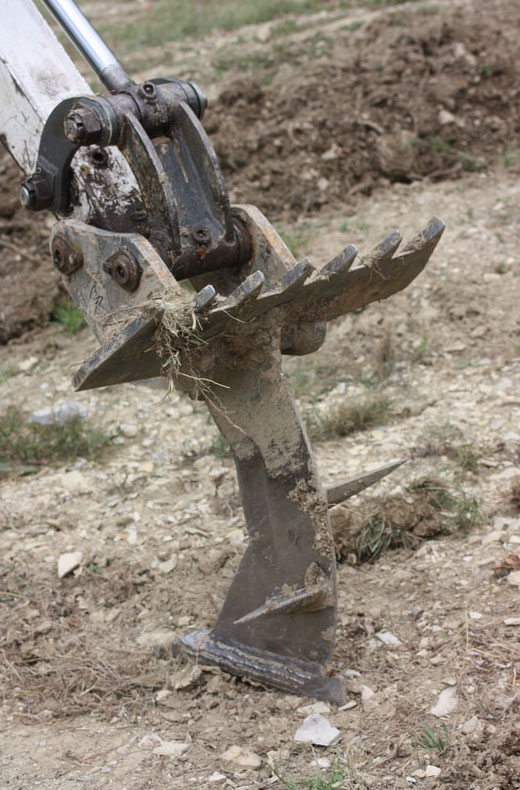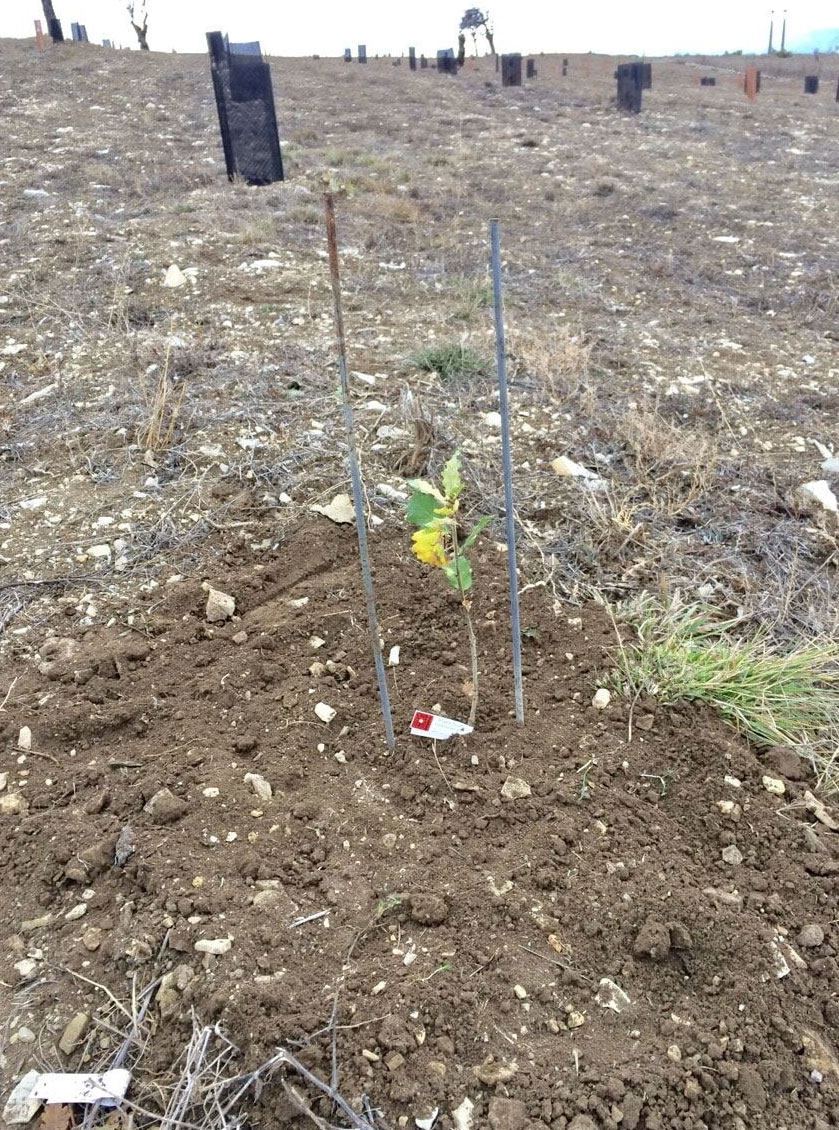Planting can be done from October until the end of March, or even April if you irrigate. Before planting, it is essential to loosen the soil so that the mycorrhizal truffle plant can develop harmoniously and produce tuber melanosporum.
Preparation should ideally take place a few weeks before planting. planting, so as to be able to clean up the soil and rid it of herbaceous competition which could hinder the development of the truffle oak.
For good preparation of the plot, plowing is recommended. This can be done in several different ways, either over the entire plot, or only in strips 2 m wide, at the location of the rows of planting.
After ploughing, the ground will be harrowed so as to level it and have a perfectly soft ground.






